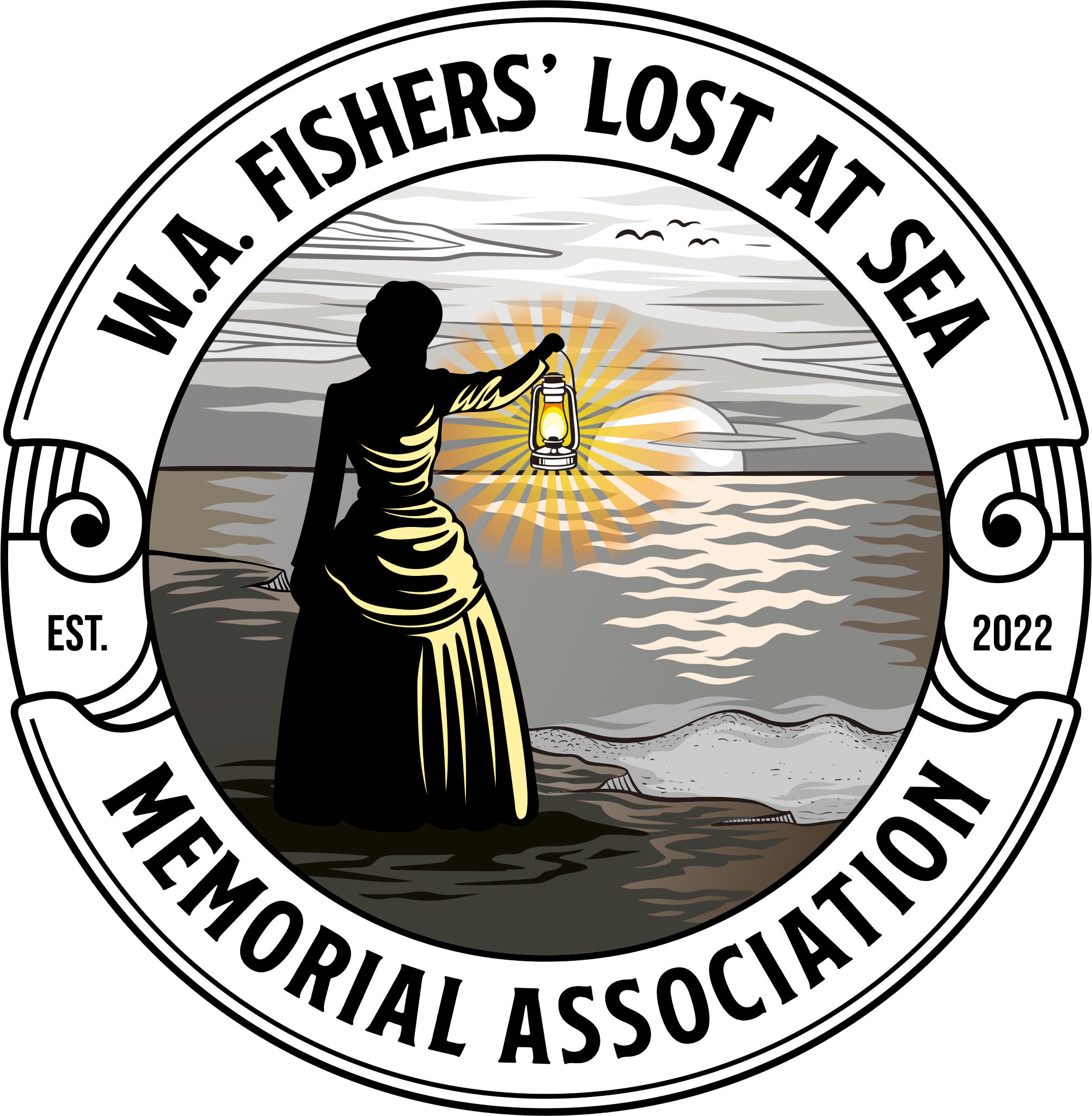Bombara Family
Country of Origin: Italy
Arrival in W.A.: early 1900s
W.A. Region Settled: South-West
The Bombara family had its origins in Sicily, originating from Taormina Giardini and later, Capo D’Orlando. They farewelled loved ones and crossed the ocean headed for Australia - the land of opportunity.
Giuseppe Bombara was born in 1868 in Naso to parents Vincenzo Bombara and Marianna Santaromita. There were four sons and one daughter in the family. Giuseppe’s brothers Santo, Vincenzo and Filippo were all fishermen.
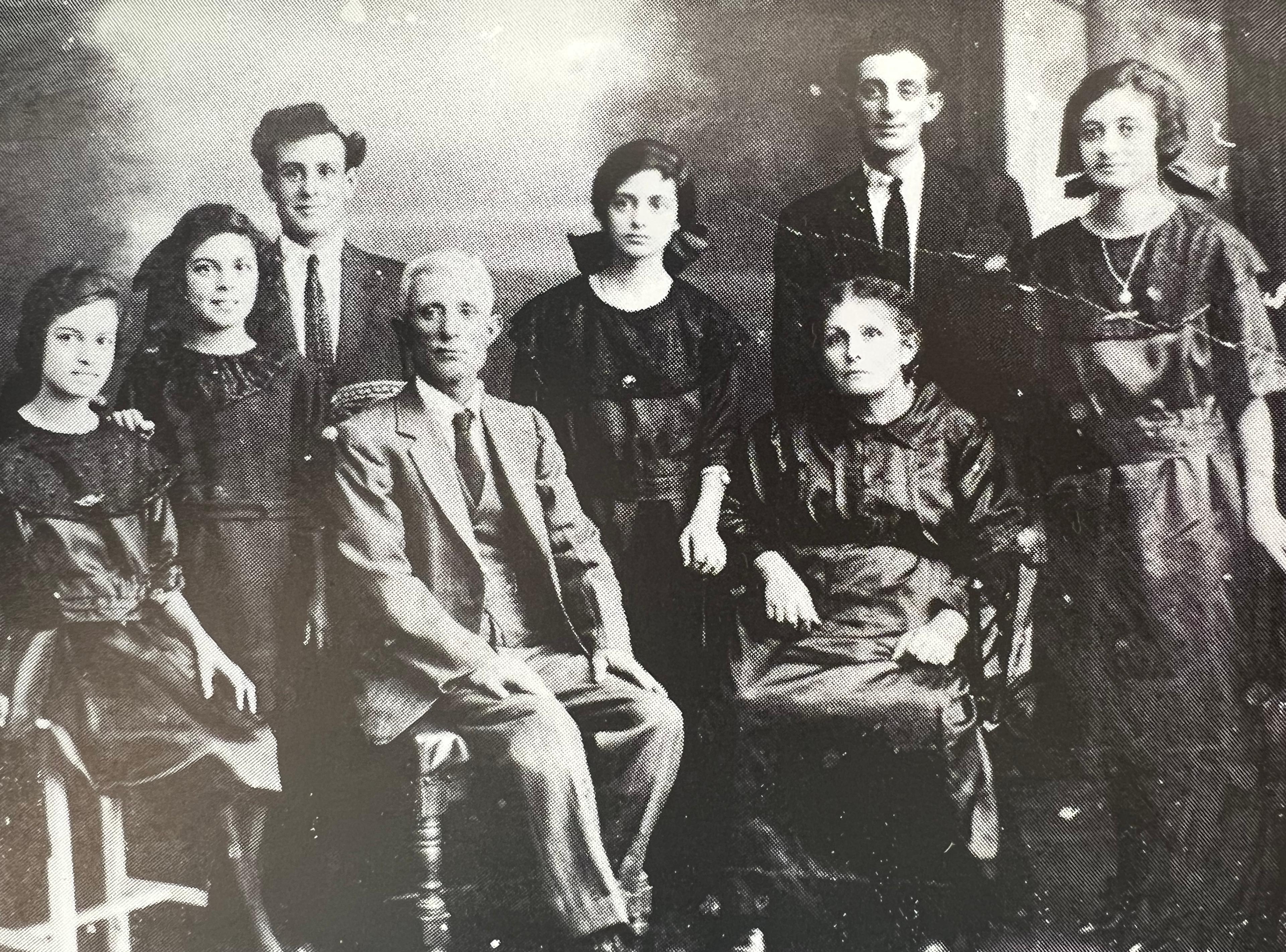
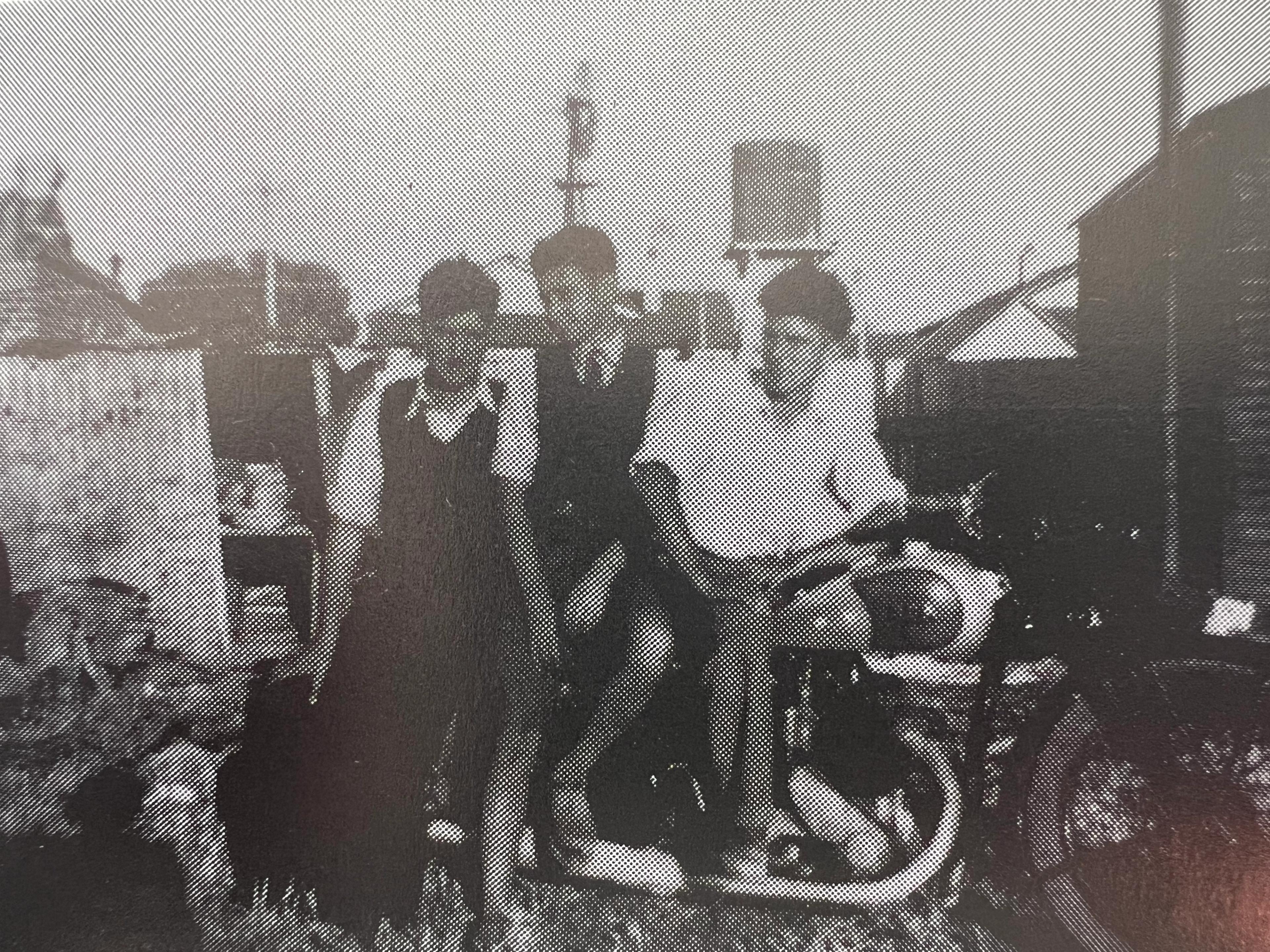
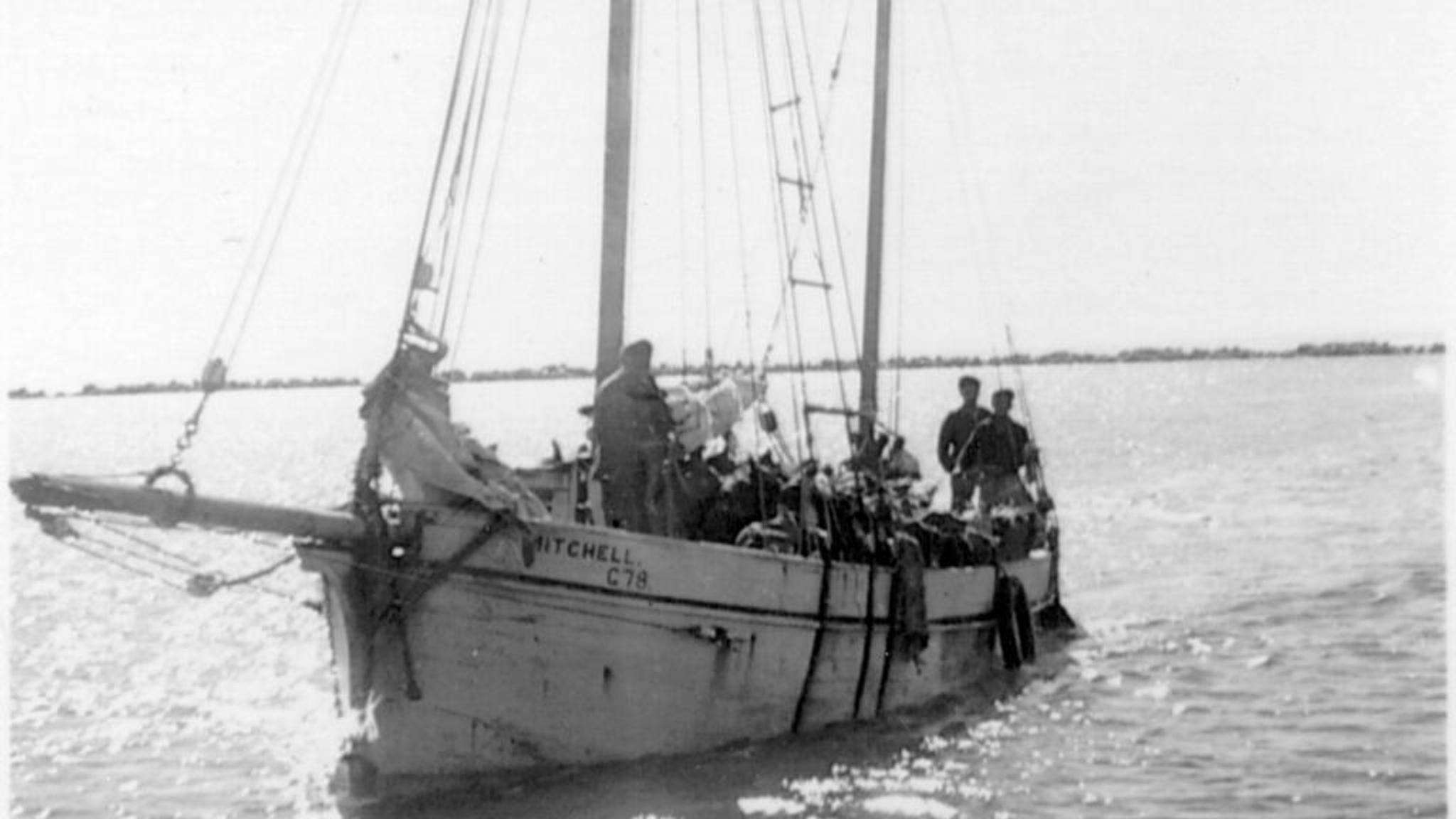
Mitchell Close Up Carrier Boat 1949
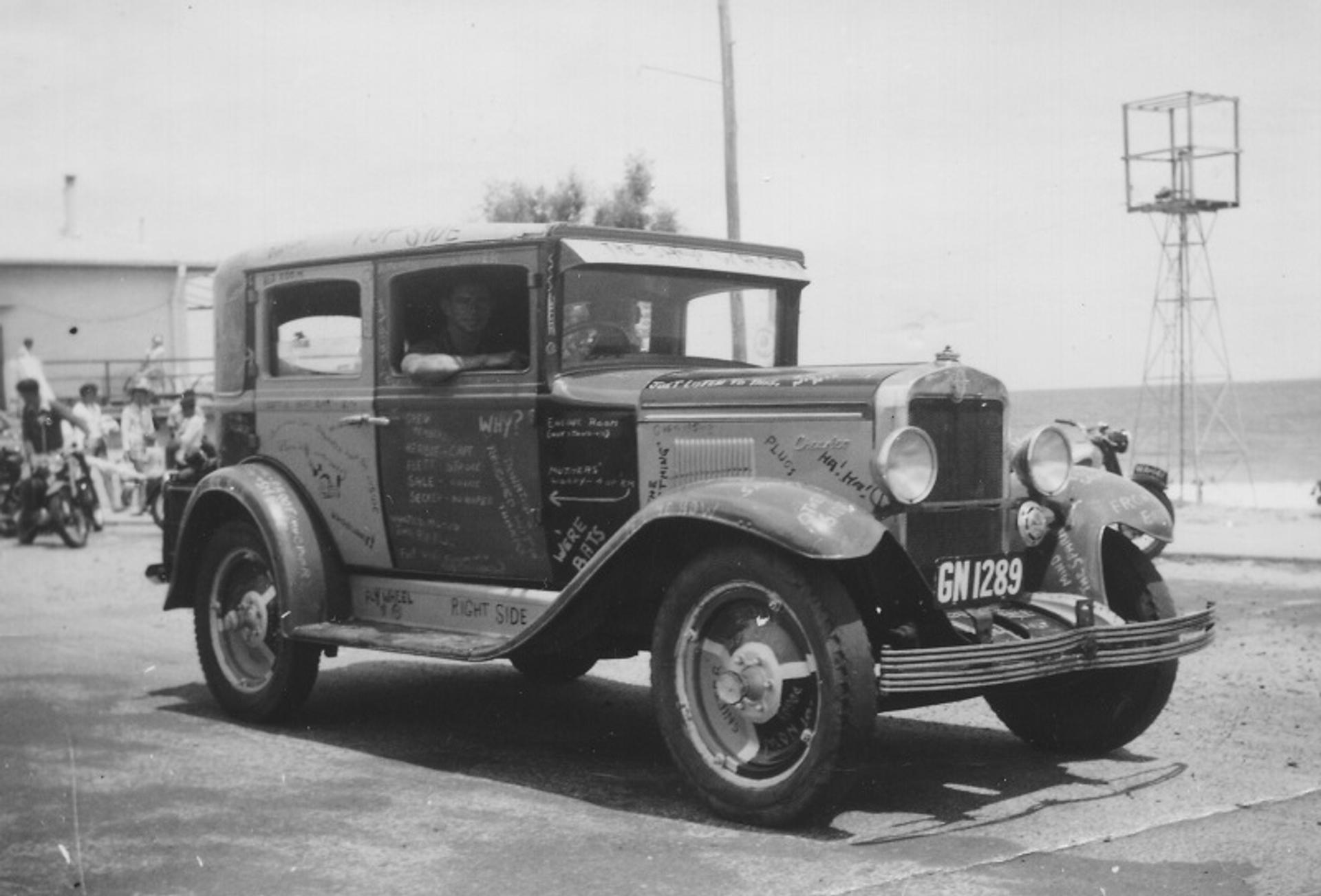
Giuseppe established a transportation business with his buggy, conveying passengers from the busy railhead at Capo D’Orlando to their homes in outlying areas and to the large district centre of Naso. Later he expanded, purchasing a horse-drawn dray and began a cartage enterprise acting as a commission agent for local fishermen taking their fresh fish into country areas. He would return to the Port at San Gregorio to deliver seasonal produce to the warehouses for wider distribution.
At the age of 28, Giuseppe married his 23-year-old cousin, Santa Santaromita – the youngest daughter of Giacomo and Filippa Natoli in 1895. Her elder sisters were Francesca and Rosa. Francesca Santaromita’s husband was fishing in Fremantle. And Rosa’s spent many years in Peru. The three Santaromita sisters helped each other as much as they could, often sharing household chores where they lived in San Gregorio. After they married, Giuseppe and Santa capitalised on their accessibility to fresh vegetables by opening a general store. They had 8 children – The first 3 followed quickly; Giuseppe (b.1896), Giacomo (1898) and Caterina (b.1900). There was then a 6-year break whilst Giuseppe ventured to Australia. Then 5 girls followed; Vincenza (b. 1907), Filippa (b. 1909), Francesca (b. 1911) and Santa (b. 1913). Rosa the youngest died in infancy.
Giuseppe’s brothers - Santo, Vincenzo and the youngest Filippo, were some of the first fishermen to arrive in Fremantle on an Orient Line Ship and joined others to fish from Point Peron in 1894. The trip would take 95 days to sail. Filippo was just 12 years old. The 3 brothers stayed for a few years before returning home, then returning. Santo and Vincenzo had families in Capo D’Orlando. Filippo returned home at the age of 22 to marry. They all re-entered in October 1904 onboard the Ortona, greeted by their other brother Giuseppe, who had also made various trips to Fremantle. A month prior, Giuseppe’s 10-year-old nephew – Carmelo Miragliotta had arrived on the Oroya, accompanied by a guardian – Vincenzo Marchese. Carmelo’s Father was working in Peru, and Giuseppe would look after him during his time in Australia. Later the Re family helped raise Carmelo. Carmelo returned to Sicily in 1912 and became acquainted with Giuseppe’s eldest daughter Caterina. After serving as a Naval Officer in Corfu in World War I he returned to Sicily and married Caterina in 1920. Tragically, she died a few short months later, likely of “consumption” or tuberculosis. This was the ultimately catalyst for her Father Giuseppe to permanently migrate to Australia.
Giuseppe Bombara had made various trips to Fremantle. He likely arrived in 1901 and stayed until 1904. He found employment with the Re family at their store in North Fremantle. He worked with his horse and cart hawking fruit and vegetables and it likely this is when he encountered the Carrello family of Spearwood, with whom he later arranged work for his son Giacomo. The Re brothers came from the Aeolian Island of Salina off the coast of Sicily, and they later expanded into the fishing industry by buying a boat. The Re family later ran successful grocery stores and expanded their businesses (See https://the-re-store.com.au/family-history/)
During this period of migration, poor economic opportunities meant male born sons would be sent overseas to work. Giuseppe’s son, Giuseppe Jnr (Joe), arrived in Fremantle on June 25th, 1912. He was 15 years old. In Fremantle he lived with his Mothers cousin – Marianna Maiolino who had no children of her own. For the first four years he found employment at the Wellington, Mornington and Buckingham (Shotts) Mills cutting timber, mainly for use as sleepers for the expanding rail system. He worked during the winter months at the mills, and during the summer he was employed at the Western Ice Company in Fremantle.
After the passing of his eldest daughter, Giuseppe embarked for Fremantle to move permanently to Australia to join his two sons, arriving onboard the Omar on the 20 July 1921. He was now 53 years of age. His wife and daughters followed in 1922. The first family home was at 28 Suffolk Street in Fremantle. In 1926, the family purchased a weatherboard home on Stokes Street in Beaconsfield. Giuseppe found work with the Fremantle Fishing Co-operative as a vendor. He sold fish as far north as Cottesloe, travelling with a horse and cart. His son Joe had now been here for 10 years. He owned his own truck and carried fish under contract to the Perth Markets, probably having taken over from Cono Glorioso (who was by then wanting to retire – See Story Cono Glorioso and the Rockingham Fishing Company). Joe also collected bones and oxheads from Robb’s Jetty for use as bait by the fishermen. These would be unloaded at South Fremantle where the carrier boat would reload for the Point Peron fishermen. He and another Italian carrier also carted ice, purchased from the Western Ice Company. Joe gained valuable experience working the summer with the Western Ice Company for almost ten years. Here he learnt about refrigeration and the storage of perishable food as well as its marketing. Joe and his first cousin, Carmelo Miragliotta had worked together in the Mills. In the winter of 1925, they set off to Geraldton, and with Tony Fiocco, established the J. Bombara & Co’s Ice Works Geraldton (later renamed Geraldton Ice Works) on Marine Terrace. Joe married Giuseppina Blancuzzi first by proxy in November 1924, and then again in St Patrick's Cathedral in Fremantle on 12th January 1925, soon after her arrival in Australia. They had 6 children – the first – Catherine Frances (b. 1926), named in honour of Giuseppe’s sister Caterina who had died in 1920 of Tuberculosis. The other children were Angelina (b. 1927), Joe (b. 1929), Frank (1930), Arthur (Tinny) (b. 1931) and Santa Maria (b. 1934).
Joe’s siblings all eventually married other Italian families, including fishing families. Francesca married Giuseppe Raneri in Fremantle in 1933. Vincenza married Carmelo Miragliotta in 1935. Filippa Bombara married Enrico Boschetti in 1938, and Santa Maria married Antonino Pirrotina in 1943. Joe’s eldest daughter Cathy married Vincenzo Basile’s son, Victor in 1948 (See Story – The “Chief” – The Basile Family of Geraldton).
The Geraldton Ice Works went from strength to strength throughout the 1920s and 1930s. Within a year it was producing three tons of ice per day and cooled the storage chamber. They moved quickly into wholesale and retail sales of fish and crayfish. In 1929 they purchased the 33 ft Shark Bay vessel Wild Rose and relocated it to Geraldton. Other boats which were licensed to the Geraldton Ice Works over the years included; Dove, Essie, Monte Celio (later renamed Mitchell), Intombi, Queen and Bonny. In 1931 at the Victoria District Agricultural Society Show, the company displayed their wares into blocks of ice containing their company signage, raw crayfish, cooked crayfish, fresh fish and even flowers. Their ice was said to be “crystal clear”. They were some of the first companies to export frozen crays to the USA after the end of the War.
The Geraldton Ice Works traded until 1951 (including through the war years when they supplied the Armed forces), when they sold to Penn Boucaut. Just 2 years later the new owners declared bankruptcy. Giuseppina died in 1961, and Joe died in 1966.
Francesco (Frank) Bombara was born on July 23rd, 1930. He was the 4th child of Joe and Giuseppina. At the age of 12, in true Italian tradition, Frank worked as a boot maker after school. He learnt to design sandals and make them himself, but this career was not for him. He later fled home spending 2 years on a farm earning 2 pounds a week, then returned home hearing the cray industry was about to peak.
In 1950, Joe Bombara purchased the 28-foot Lupa from Sergio Cappelutti and his son Tinny commenced crayfishing from it at the Southern Group. The following year she was licensed in Geraldton to Bombara & Sons. With a loan from his father, Frank purchased his first boat, the Pix, a 14 ft scooter boat and took out his first fishing licence on the 4th of April 1950. It had an Invincible motor, and every night Frank had to take the Magneto to bed with him to stop the condensation getting on it. He pulled 20 pots by hand, without a winch, and worked on his own in the shallows at the Southern Group.
The Bombara’s started on Basile Island where they felt at home, where neighbours became brothers - they fished the day, played cards at night and "Big Chief" (Vincenzo Basile) taught them to cook like their mothers (See story The Basile Family – The Chief). Both brothers briefly worked on the Lupa in 1952. In his 3rd season, Frank purchased the Benghazi. He borrowed 700 pounds to buy it, and he later used it to fish off Big Pigeon Island off the Wallabi Group.
Frank fished the Islands for most months, returning to Geraldton for the occasional dance, and then, on one visit home he met a young lady and thought he was in with a chance. From 1949 to 1955 he courted Juanita Doreen (Nita) Thompson then decided the time had come to marry, as no other lady out there could beat her. They married on the 15th of January 1955.
Frank, Nita and their eldest child Joanne (born amidst a cyclone in 1956), set out for the Wallabies to try their luck. Frank was very successful with his crayfishing, and they lived happily on Big Pigeon in his hand-built hut. He skippered the carrier boat Suda Bay in 1955 for 12 months, servicing the North Island and Wallabi Group as a carrier/catcher boat for Golden Gleam. That season his brother-in-law Victor Basile skippered the Benghazi. In 1957 he sold the Benghazi and purchased a boat later renaming it Joanetta (named after his son, daughter and wife).
It was so until tragedy almost struck, when toddler Joanne fell into the water. Then out of fear, Nita returned home, as the Islands were no place for their daughter. In 1958 and 1960, Nita gave birth to Joseph and Peter, completing their offspring of three. Frank missed most of their childhood years, as he continued to fish the open seas. Frank was on the inaugural committee of the Geraldton Blessing of the Fleet and served on the Geraldton Professional Fishermen’s Association. In 1960 he purchased the Manakoora which had a 6-cylinder GM. His brothers continued to crayfish and Tinny also went on to be a successful fisherman in how own right, owning prawning and processing ventures and operating the Ca-Den Fishing Company. In 1958, Tinny and Joe Bombara, with cousin Bertie Boschetti were working the 35 ft St. Christopher from Basile Island. Bert went on to build Latitude Fisheries.
Like father, like son, Frank wanted security to ensure his family's future was promised, so he became a founding shareholder of the Geraldton Fisherman's Co-op. Making bricks from scratch, they built the factory to ensure their future at sea, after 4 and a half months it was up and running.
“Built by the fishermen for the fishermen” is the motto they all stood by to ensure that compared to others the buying price of their catch would be high. The Co-op was a successful venture that remains to this day. Frank knew this for sure, but that determined voice within this stubborn Bombara knew he could do more. His next idea was to purchase a freezer boat to take him to the north of WA's coast, however fishing near Port Hedland and Derby, he found that compared to the Islands the catches were not that great.
In 1961 he purchased the carrier and fishing vessel EmmaLou with 183 pots, trading in the Manakoora and 6000 pounds. In 1964 it was chartered for a preliminary survey of all the Abrolhos Island Groups. The charter had been arranged by BP Australia and Abrolhos Oil who were jointly interested in the area. The EmmaLou was also used for snapper fishing at Shark Bay, and as a research vessel in the Broome area. It was later used to transport relics after the discovery of the Batavia wreck. In 1976 he sold the EmmaLou and purchased the Karren E.
Years later, in 1987, and still a thriving crayfisherman, Frank decided it was time to let go of the boats when he had a heart attack and sold the Karren E. In his retirement years, he and Nita travelled around Australia going from shoot to shoot. At this stage of his life, clay targets, the Eagles, fishing and horses were not his only passions - as slowly 7 grandchildren and several grandees started arriving in orderly fashion. Sadly, Frank, Nita and their family were devastated by the sudden death of Peter, who passed away in 2012. Frank passed away in 2013.
Primarily, Frank was a family man. He was also a hard worker, advisor, mentor, a risk taker, a sportsman and a friend to many. He also holds the record for being the most stubborn person in the Bombara family. To be frank about Frank, he had no regrets in life as nothing would ever compare. He lived for his family for they were number one, and for each other they are always there.
The Bombara family in Geraldton have left their mark in Western Australia. They became Fishers, Secretaries, Engineers, Musicians, Teachers, Truck Drivers, Hairdressers, Farmers and Business owners. And it all started with the handwork and determination many migrant families brought with them, when rolling up their sleeves to contribute to the development of this beautiful country.
